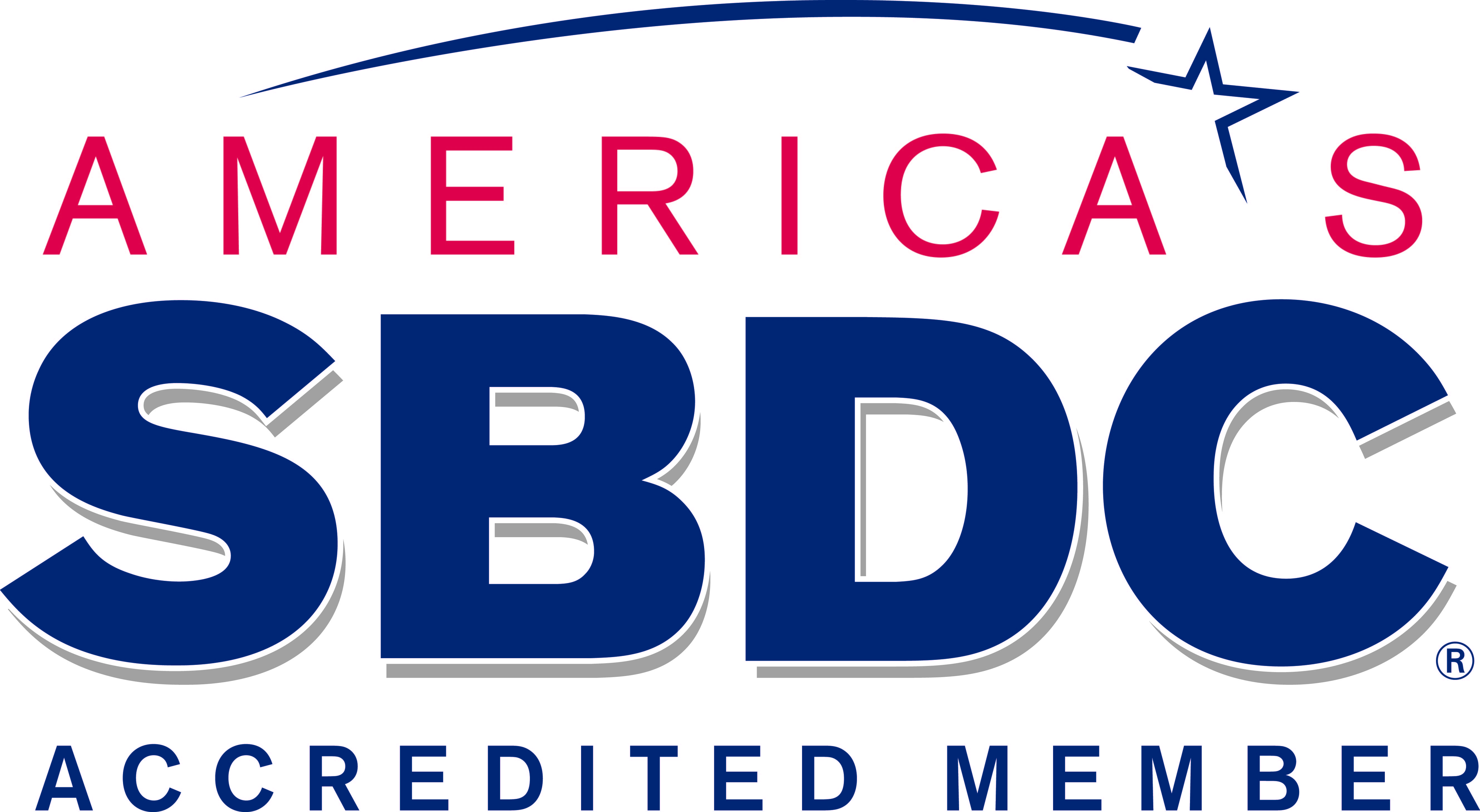Six Principles of Small Business Advertising
.png)
By Toni Carter
Advertising, if done correctly, can have a powerful effect on a small business’s sales. “Done correctly” is the operative term, because many small companies don’t do advertising particularly well.
Although you may not have a large or formal marketing or advertising department and you may not be able to afford a big ad agency, but that doesn’t mean you can’t create successful advertising. Here are six basic principles to help you on your way to building an ad that can drive business.
1. Define Your Customer
Successful advertising begins with acute knowledge of your marketplace, and your target customer. Who are your customers? What do they need? What do they want that you can provide? It is imperative that you create a profile of your core customer, then laser-focus your message to that profile. Otherwise, you risk creating an ineffective message with an unclear focus that strikes at the heart of no one. Be specific in your profile, because it defines what you say, how and where you say it.
2. Craft a Single Message
The USP, or Unique Selling Proposition, is the most important piece of copy to be written – a one- or two-sentence statement that articulates the single, central idea that your ad must convey. Every creative idea should track back to the USP. (If you have ever heard an ad criticized for being “off brand” or “off strategy,” the reference is to ad creative that does not align with the USP.) In short, developing a USP ensures that your ad will say exactly the right thing to exactly the right customer.
3. Create Intriguing Advertising
After you have defined your target customers and what you need to say to them, the strategic, left-brain work is done. It is time to unleash the right brain and create intriguing advertising. Producing intriguing advertising usually begins with creating an overarching concept, or theme, that reflects your company’s or product’s unique identity. It also may showcase key benefits of your company or product. Open your mind, unleash your imagination and let your inner creative free.
4. Make Your Claims Credible
It’s human nature to be skeptical of advertising. So it is your responsibility to be sure that what you say is true and believable. Many advertisers have learned the hard way that unsupported claims erode customer trust. And once lost, it’s nearly impossible to regain. Consumers will not do business with a company they don’t trust. So, while you can go overboard with your creativity, never go beyond the truth with the actual claims you make in your ad.
5. Don't Forget Contact Information
Placing contact information in your ad is so basic, it’s a wonder any small business forgets it. Be sure to include your phone number, website URL, and other contact information in your ad. In fact, include your contact info on anything and everything the public sees: packaging, vehicles, signage, stationery, t-shirts and so on. Make sure it is prominent and easy to read, especially in quick-view media such as vehicles and billboards.
6. Test (and Test Again)
There’s no such thing as perfect advertising. It can always be improved. Businesses regularly conduct “testing” in a continuing effort to improve the return on their advertising dollars.
Need assistance with advertising strategies? We have industry specific Business Specialists dedicated to assist you one-on-one. Request a no-cost appointment today! Need quick tips and strategies? Register for an advertising related webinar, or in-person event.







